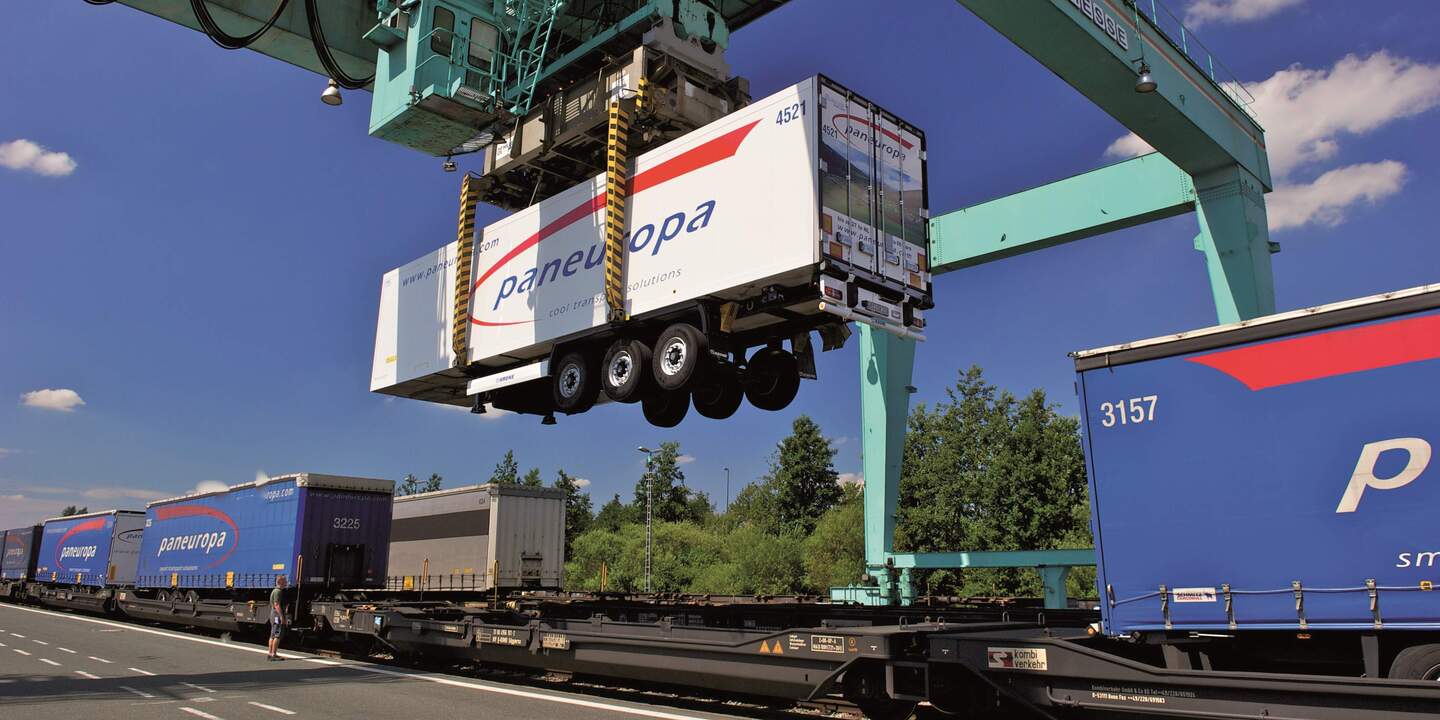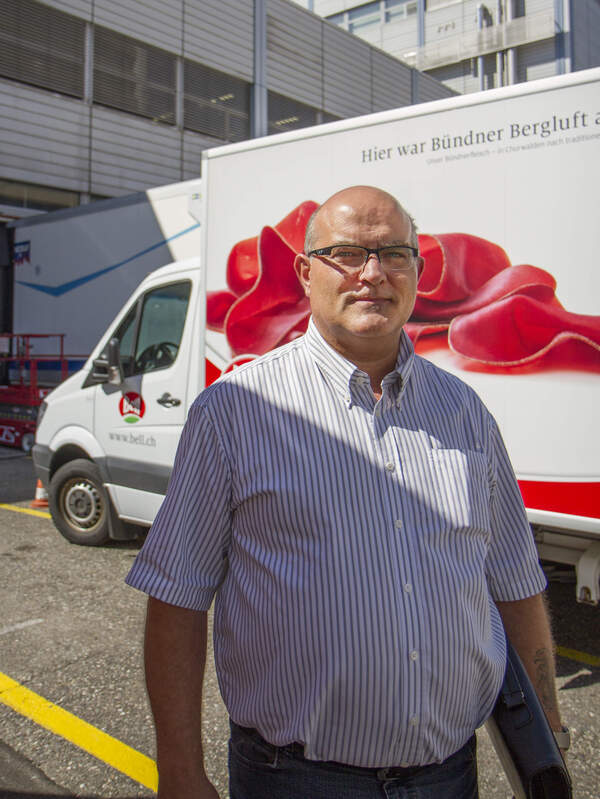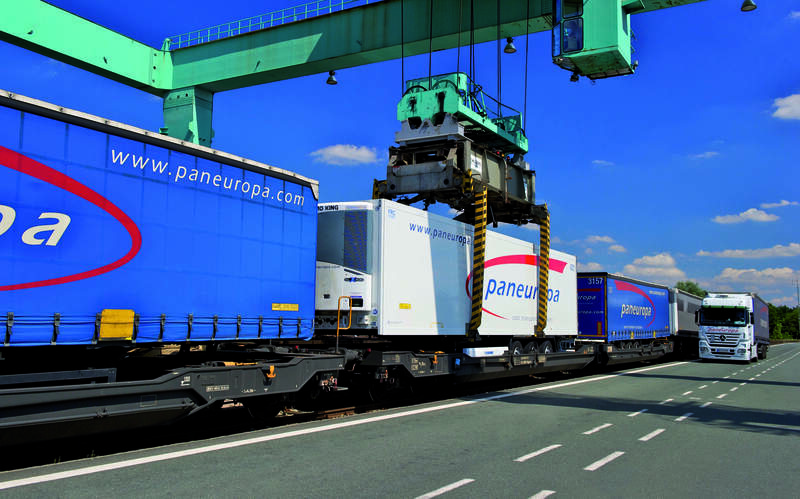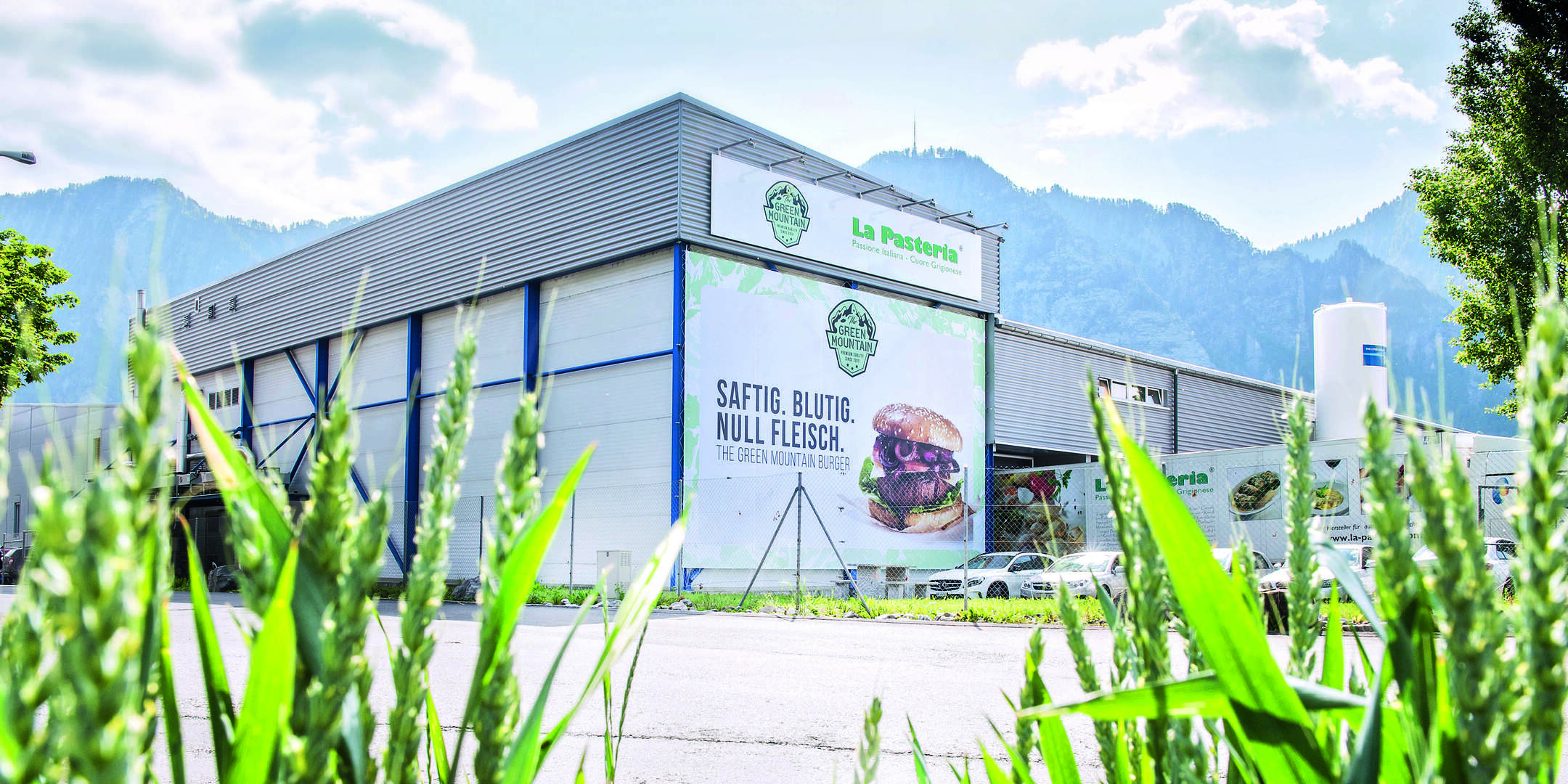Nachhaltig kombiniert
Nachhaltigkeit spielt auch bei der Logistik eine zentrale Rolle. Ein grosses CO2-Einsparungspotenzial bietet hier die Kombination von Strassen- und Schienentransport. Solche Projekte konnte Bell innerhalb der Schweiz und auch im Transportverkehr zwischen Italien und Deutschland erfolgreich verwirklichen.
Die Bell Food Group (damals Bell-Gruppe) setzte 2015 275 000 Tonnen ab. All das musste aber zuerst transportiert werden, von den angeschlossenen Betrieben und den Werken über Verteilzentralen in die Geschäfte und zu den Kunden. Dahinter steckt eine ausgefeilte Maschinerie: die Logistik. Bei diesen enormen Mengen ist klar, dass Nachhaltigkeitsüberlegungen und -massnahmen bei Transport und Verteilung eine wichtige Rolle spielen. Ein wichtiges Puzzlestück ist dabei die Umstellung auf den kombinierten Verkehr, die Verlagerung des Transports von der Strasse auf die Schiene.
Innerhalb der Schweiz erfolgte seit 2013 der Transport von Produkten aus Basel, Oensingen und Cheseaux ins Tessin per kombiniertem Verkehr. Thomas Abt, Leiter Logistik bei Bell Schweiz, nennt die nachhaltigen Ziele hinter diesem Projekt: «Wir achten auf die Umwelt und gehen sorgfältig mit unseren Ressourcen um. Wir wollen unnötige Transporte vermeiden, mit ausgelasteten Fahrzeugen unterwegs sein und damit den CO2-Verbrauch reduzieren.»
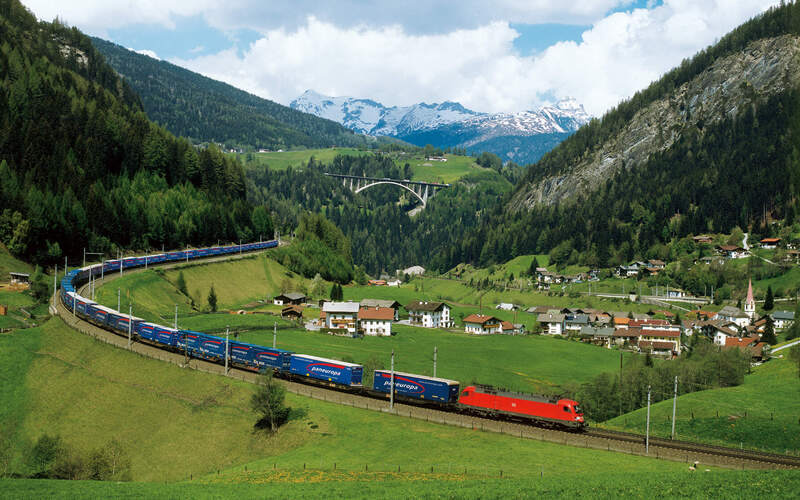
To achieve these objectives in Switzerland, Bell relies on the services provided by railCare AG, a wholly owned subsidiary of Coop. Coop took over railCare AG in 2010. It was this cooperation and the resulting opportunities that allowed Bell Logistics to tackle such a project. The greatest challenge and a central condition for a successful transition is a well-functioning order and delivery schedule.
